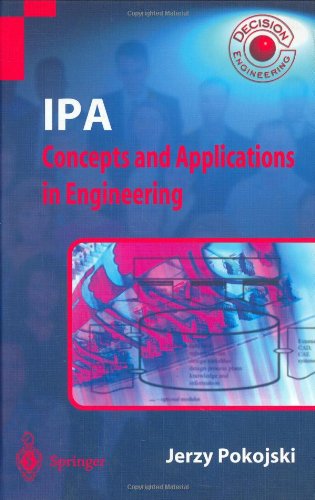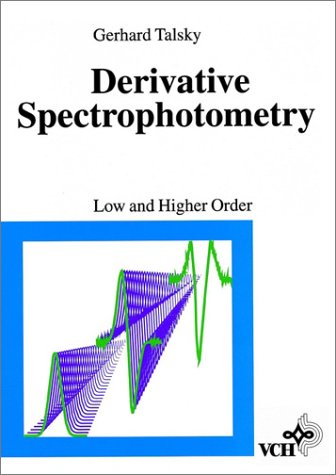G.C. Sih, G.C. Sih9781402050619, 1-4020-5061-5
The recent trend of miniaturization of devices and mechanics components has demanded a better understanding of how macroscopic data are related to those at the microscopic scale or smaller.The concept of multiscaling is to handle inhomogeneity that arises when material is viewed microscopically. A scale invariant concept that can quantify the degree of inhomogeneity is applied to overcome the difficulty such that the methodology can be kept at a level that the practicing engineer can grasp and use. The model works much like a microscope that can magnify the results from the atomic to the micro, then to the meso and to the macro in an analytical fashion. This provides a means for translating the experience in designing macroscopic size components to those at the lower scales.For the first time, a book is being edited to address how results from one scale can be shifted or related to another scale, say from macro to micro or vice versa. This is accomplished via a meso zone such that the transition from one scale to the next is made smooth by application of the stress and displacement compatibility conditions. Multiscaling is modelled much like a microscope such that the magnification ratio can be changed, except that this is done analytically. The results crossing scales are interactive and shown to be governed by highly non-linear equations in continuum mechanics. This is a new topic that is not well known up to now. The closest field to this topic is Mesomechanics which is also a relatively new field in order to meet the demand of how to treat devices in microns and coatings in nanometers.The disciplines in classical mechanics and physics rarely consider relating the results at the different scales such as macro to micro or to atomic. Although many discussions have been alluded to this subject, little progress has been made because of the non-equilibrium nature of the problem when size is made much smaller. The new approach retains the use of the equilibrium mechanics within a scale level such that cross scale results can be connected by scale invariant criteria. In this way the level of presentation can be kept at the level where most engineers can grasp within a short period of time.Engineers in different disciplines should be able to understand and use the results. They include those in physics, chemistry, mechanics, biology, materials science, etc. The topics treated will be of an interdisciplinary character. | |







Reviews
There are no reviews yet.